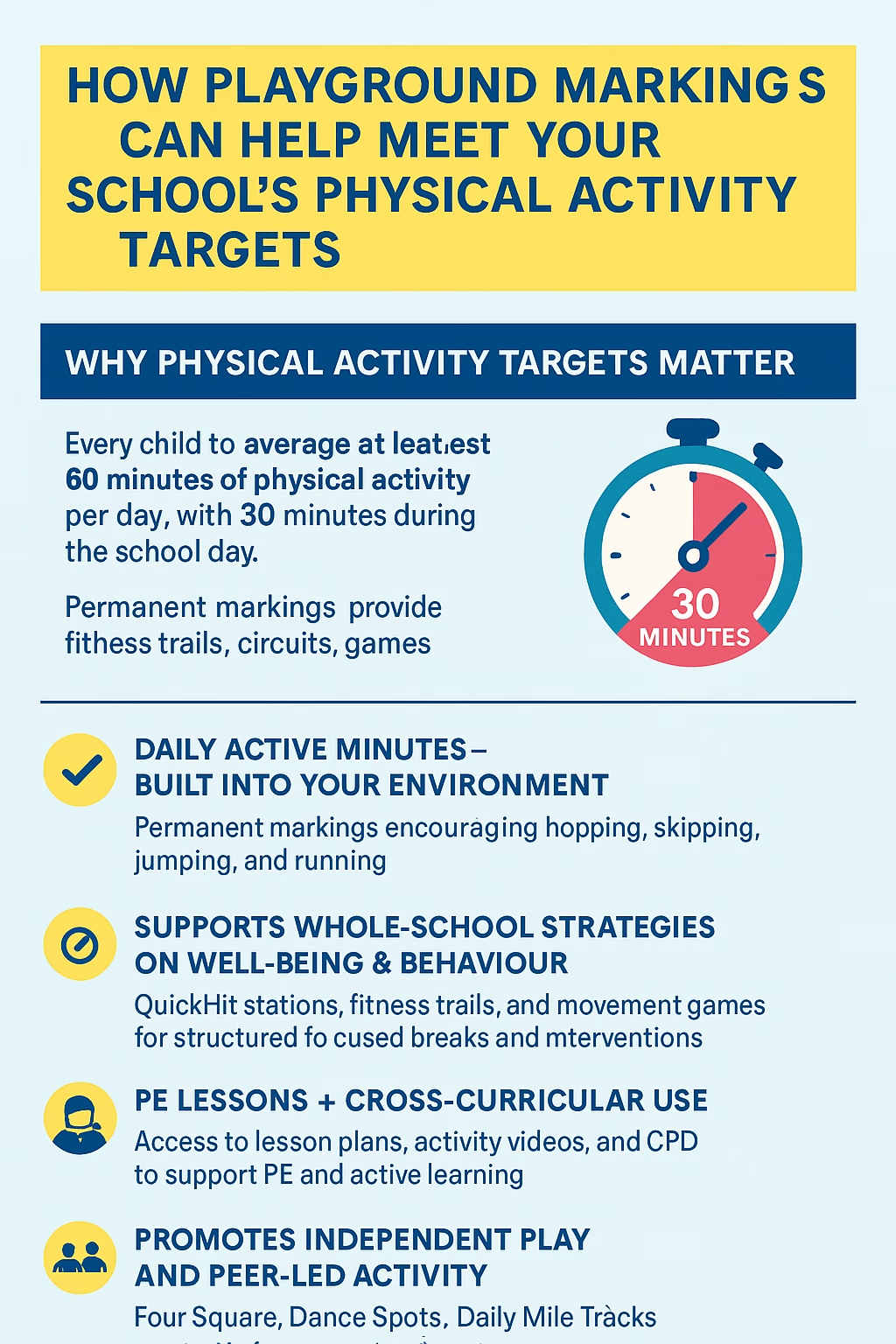Introduction
Playgrounds are a vital part of a child’s school experience, offering a break from the classroom and a chance to engage in physical activity and social interaction. However, not all children view playground time positively. Some feel left out, others face bullying, and many find the space uninteresting. This post explores how schools can transform playgrounds into spaces that are fun, safe, and inclusive for all students.
Making the Playground Fun and Safe for All
A playground should be a place where every child feels excited to play and safe to explore. Ensuring this means considering the diverse needs of students, from those who love active sports to those who prefer quieter activities.
- Understand Your Space and Needs: Assess the current playground layout. Identify underused areas and think about how they can be repurposed to cater to different activities.
- Involve the Community: Engage teachers, parents, and the students themselves in the planning process. Their insights can help tailor the space to meet everyone’s needs.
Maximising Playground Space
Making the most of the available space is crucial. Even small playgrounds can become vibrant hubs of activity with thoughtful planning.
- Creative Zoning: Divide the playground into different zones. Each zone can offer a unique activity, from sports to quiet reading areas. This approach not only utilizes space efficiently but also provides varied options for students.
- Flexible Design: Use portable and versatile equipment that can be easily moved or repurposed. This flexibility allows the playground to adapt to different activities and events.
Introducing Playground Leaders and Support Staff
A well-supervised playground is safer and more enjoyable. Playground leaders and support staff play a crucial role in this.
- Playground Leaders: Appoint student leaders to organise games and activities. This not only keeps the playground lively but also fosters leadership and responsibility among students.
- Engaged Support Staff: Ensure that lunchtime supervisors are actively involved in promoting healthy and active play. Their presence can deter bullying and encourage inclusive play.
Playground Games and Activities
Structured activities and games can make a significant difference in how children perceive their playground time.
- Variety of Activities: Offer a mix of games and activities to cater to different interests. From sports and dance to quiet reading corners, variety ensures there’s something for everyone.
- Rotating Activities: Change activities regularly to keep things fresh and exciting. This can prevent boredom and reduce behavioural issues.
Benefits of an Improved Playground
Investing time and resources into improving playgrounds yields numerous benefits:
- Enhanced Behaviour: Structured and engaging play reduces behavioural issues during break times.
- Inclusivity and Safety: A well-planned playground is accessible, fun, and safe for all students, fostering a sense of belonging.
- Active and Healthy Lifestyle: Promotes physical activity, contributing to the overall health and well-being of students.
Conclusion
Transforming your school playground into a space that is fun, safe, and inclusive is essential for the holistic development of children. By understanding the space, involving the community, and implementing structured activities, schools can create an environment where every child looks forward to break time.



